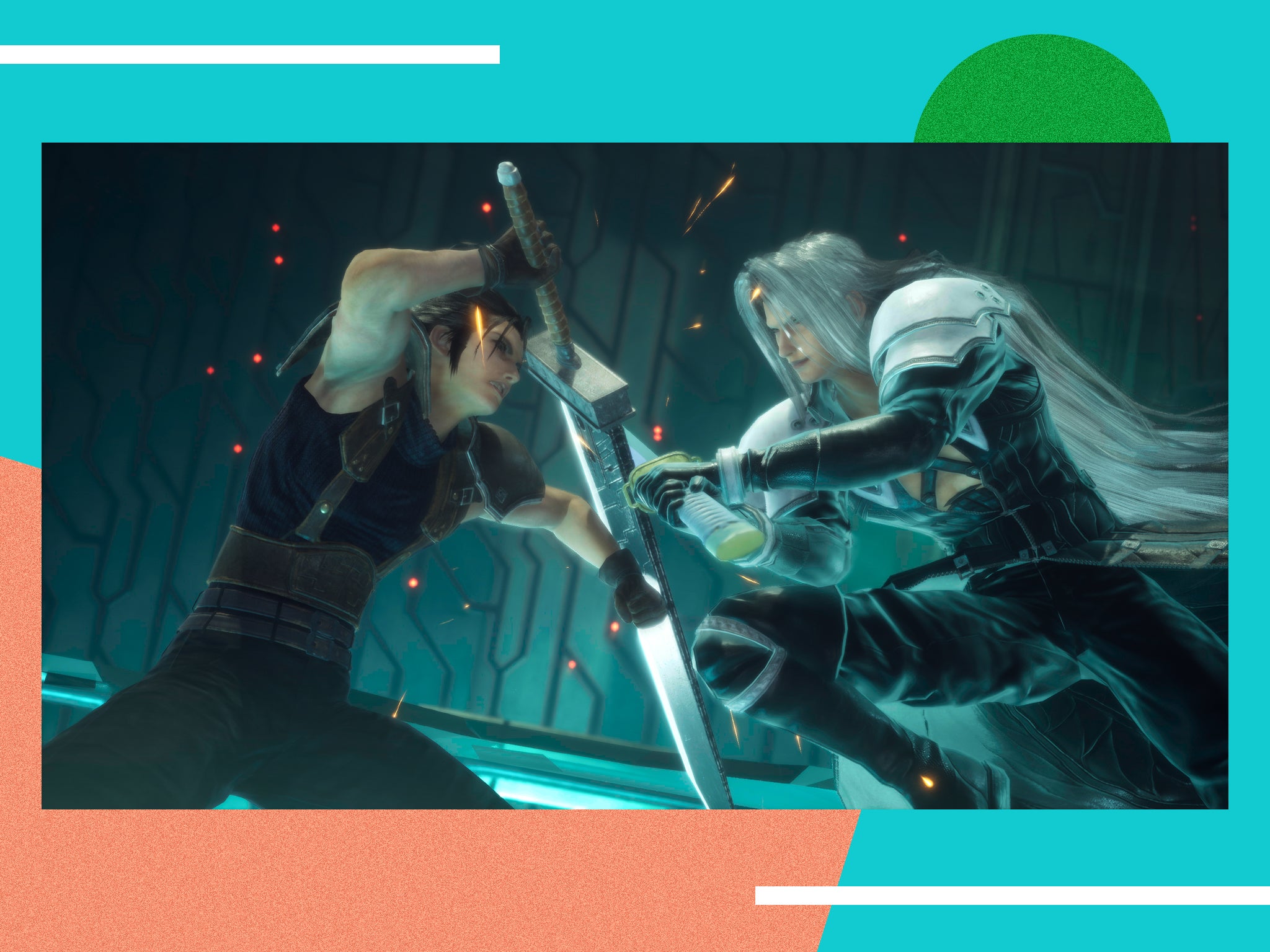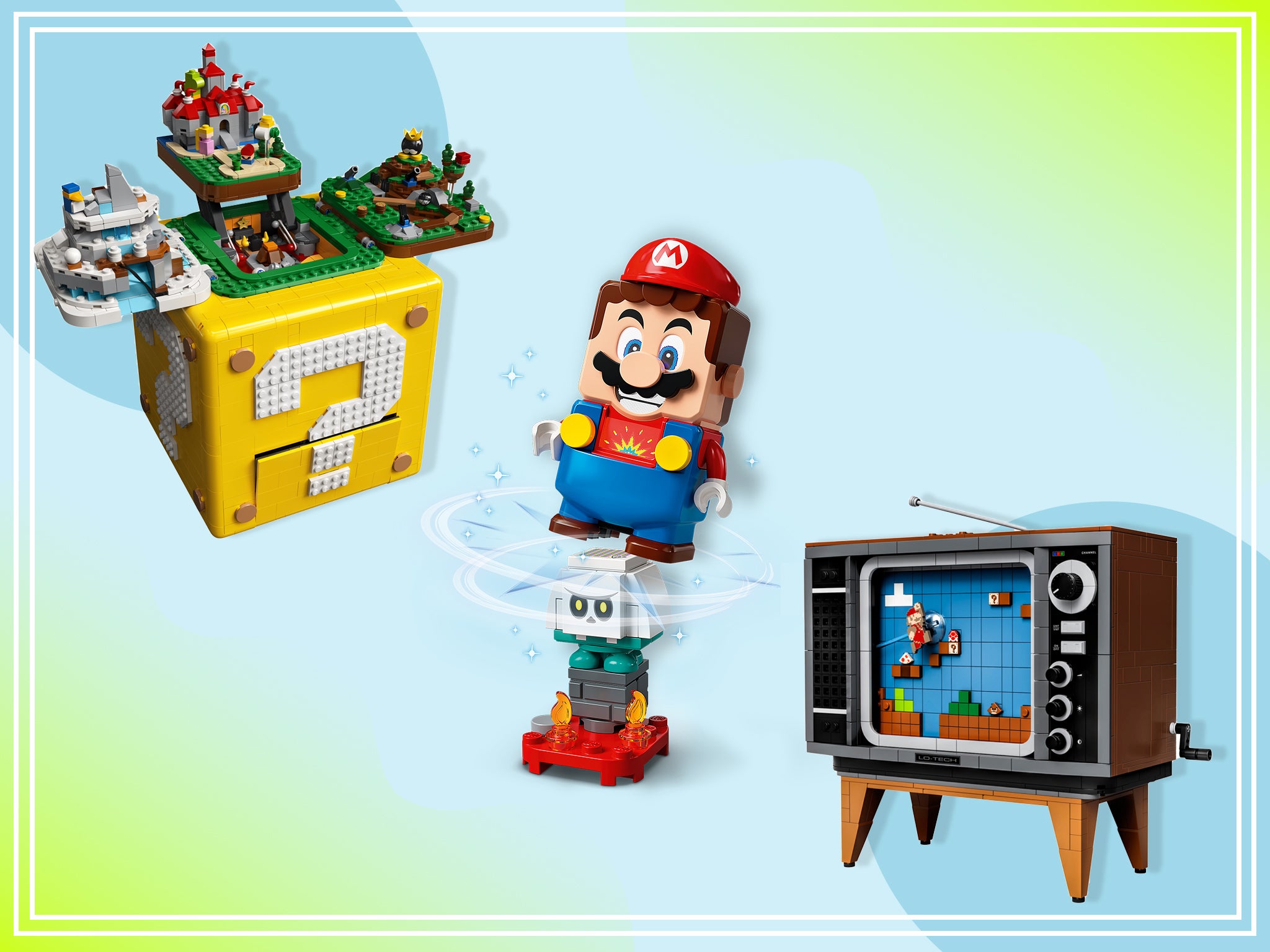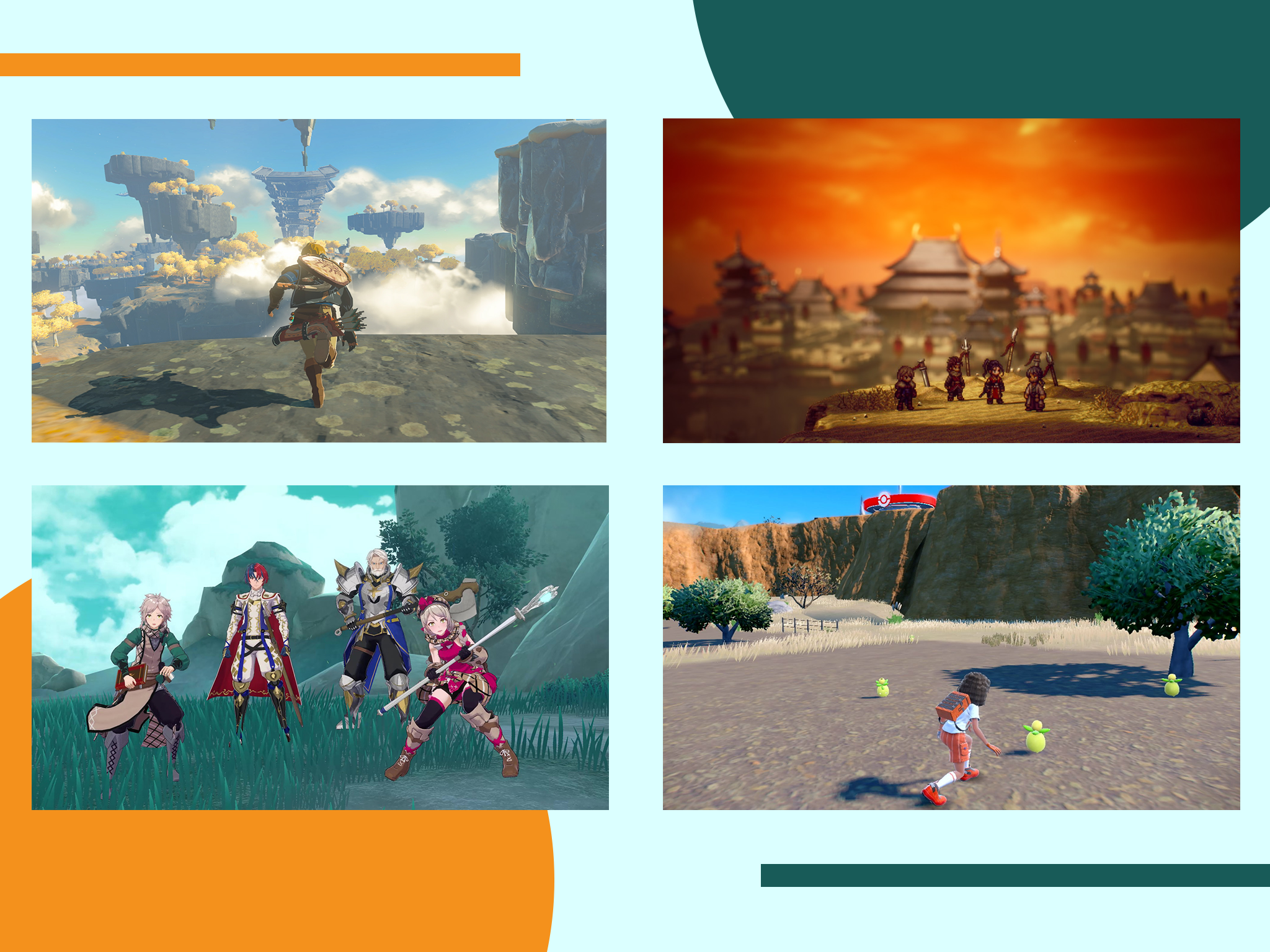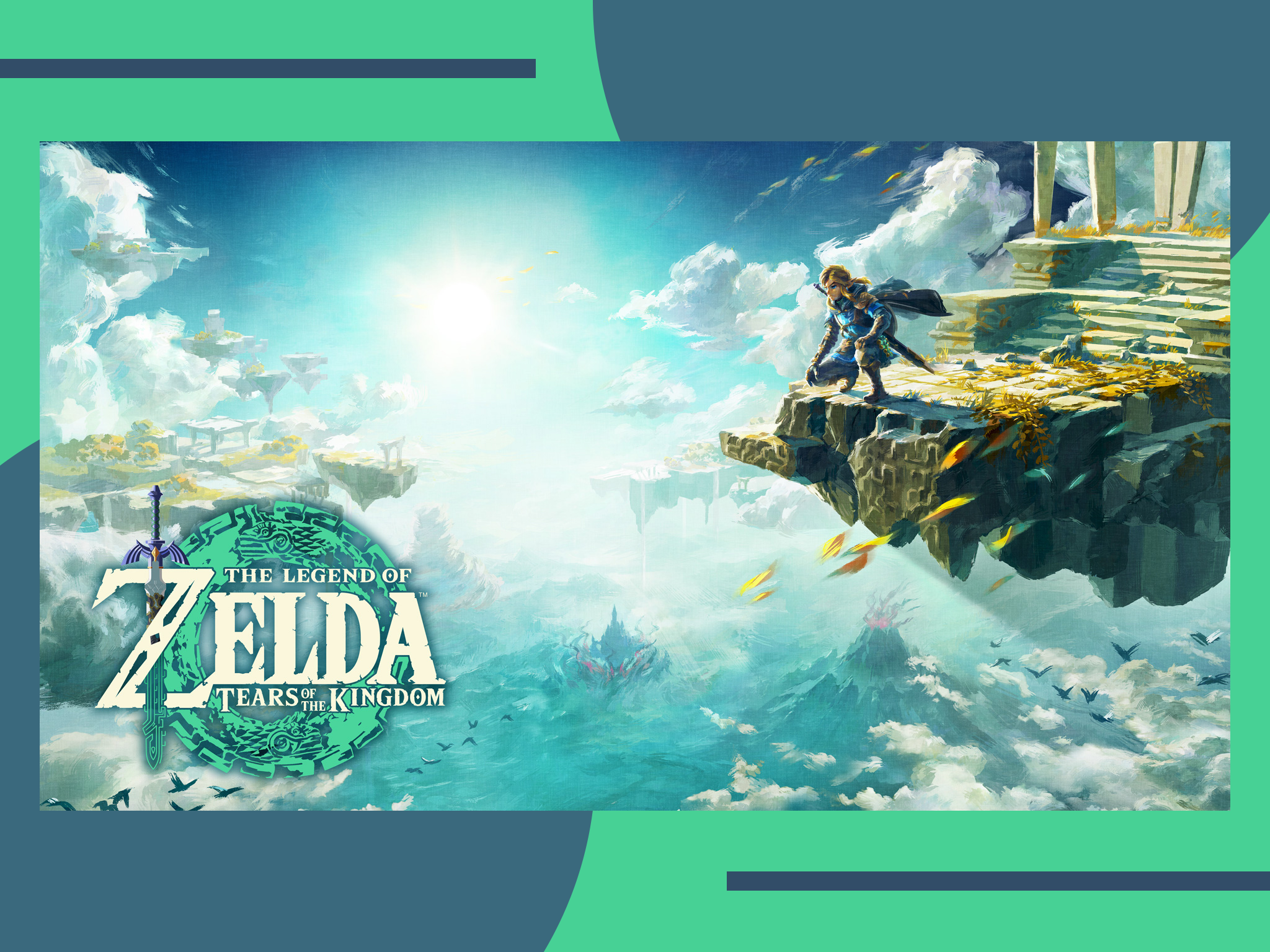Return to Monkey Island review: A poignant reflection on a bygone series
Travel to the Caribbean in a swashbuckling (point and click) adventure

The announcement of a new Monkey Island title from series creators Ron Gilbert and Dave Grossman was a welcome surprise earlier this year.
Afterall, this latest (and potentially last) entry in the series will be Ron Gilbert’s first since departing Lucasfilm Games after Monkey Island 2: LeChuck’s Revenge, which was originally released in 1991
Now under the stewardship of Gilbert’s own game studio, Terrible Toybox, in collaboration with Devolver Digital and Lucasfilm Games, Return to Monkey Island manages to recapture the original essence of the first two games, without banking on nostalgia for its own sake.
Return to Monkey Island is able to comfortably bring new ideas to the table with help from more streamlined systems and deliver a reliably familiar point-and-click adventure.
For more details, read our full review below.
How we tested
Our review of Return to Monkey Island is based on the Nintendo Switch version of the game, using the game’s “hard mode” difficulty setting for an old-school puzzling experience. Several features in “casual mode”, as well as the game’s inbuilt hint system, were also used.
‘Return to Monkey Island’: £22.49, Nintendo.co.uk
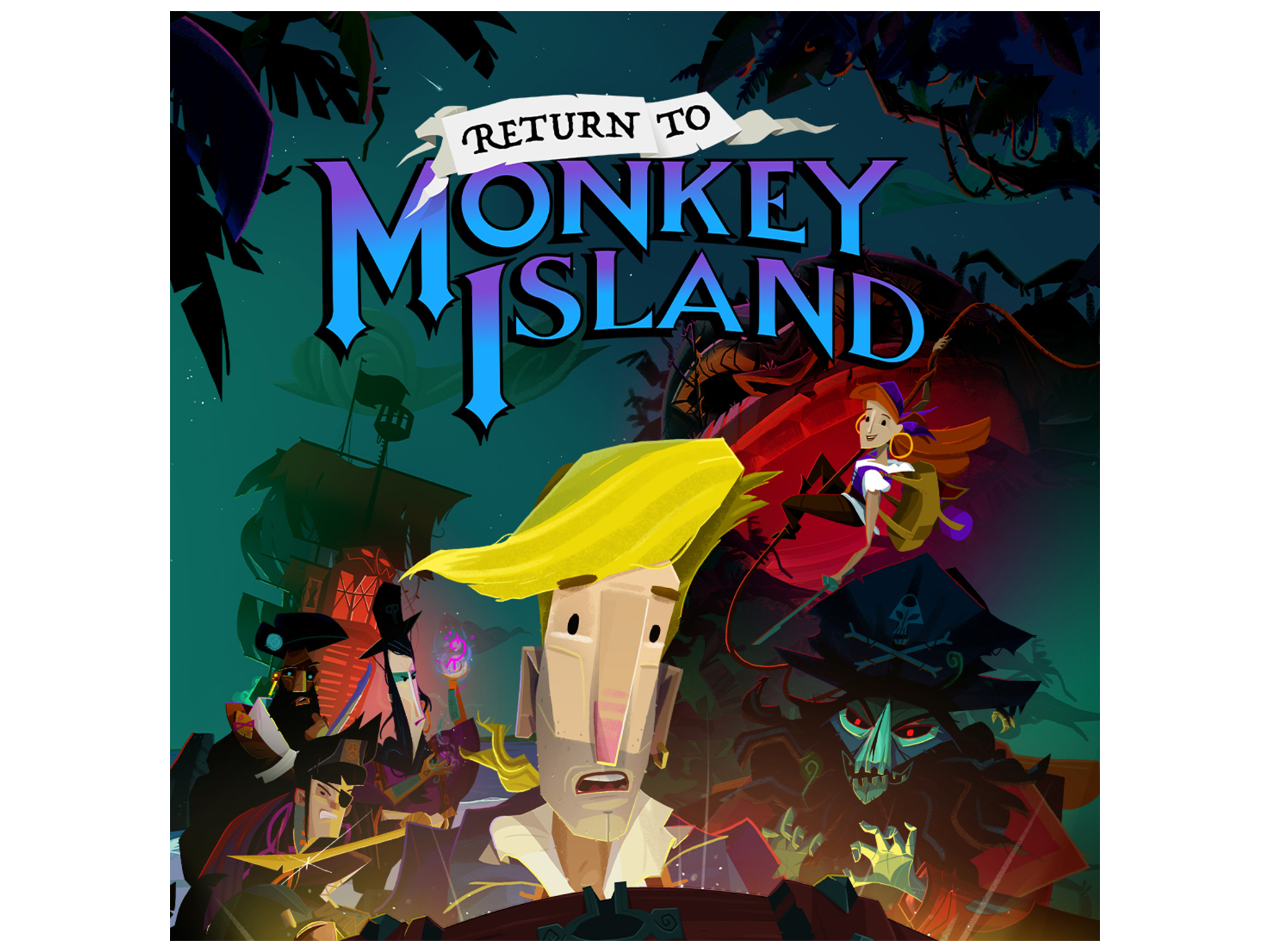
- Rating: 9/10
- Release date: 19 September 2022
- Platforms: PC and Nintendo Switch
- Publisher: Devolver Digital
At the beginning of Return to Monkey Island, protagonist Guybrush Threepwood is longer in the tooth, and, in an effort to relive his glory days, tells the tale of how his discovery of the “secret” of Monkey Island came to pass. Through reliving this (new) adventure, players are able to revisit some familiar backdrops from the series, with some modern updates.
Other characters from the series also make a return, such as Guybrush’s love interest (and now wife) Elaine, as well as antagonist zombie pirate LeChuck, all of which see their respective voice actors return to their roles with gusto and the usual penchant for quippy one liners that these games demand. Of particular note is Dominic Armato’s performance as Guybrush after 12 years away. Armato’s delivery brims with a peppy enthusiasm that anchors Return to Monkey Island and Threepwood’s call to adventure.
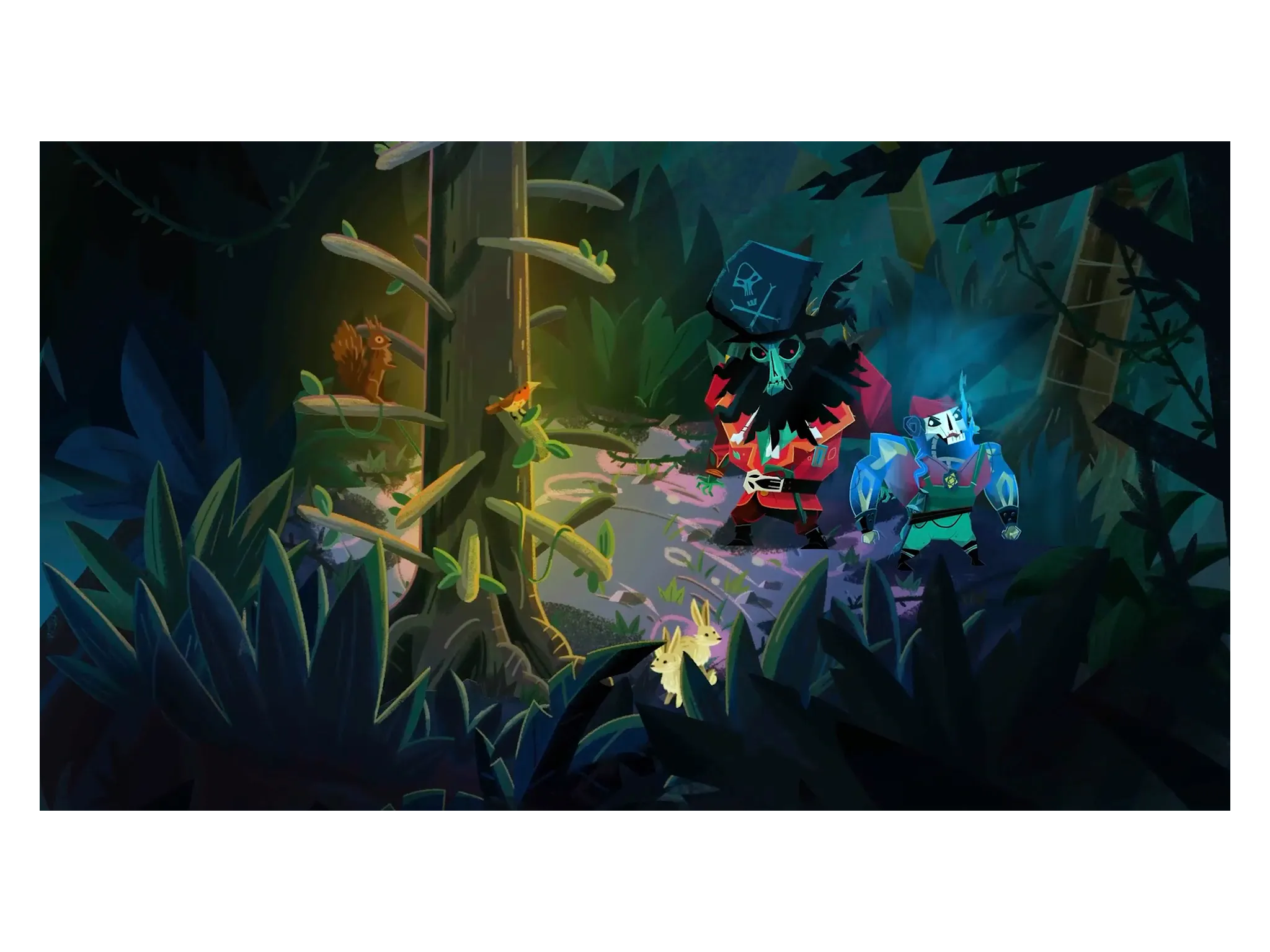
Mêlée Island, as well as the surrounding Caribbean, has changed very little since previous games, with plenty of references to Threepwood’s past exploits and resourceful interpretations of puzzles with the usual “close enough” attitude that one would expect. Along with a returning cast, plenty of in-jokes relating to previous games can also be found, such as a (not so subtle) advertisement for the 1990 release of Loom within the Scumm Bar tavern. These familiar locales are only made more prominent by the game’s new art direction by Rex Crowle.
While heavily stylised, it perfectly encapsulates Monkey Island’s curious spirit and exacerbates its growing outlandishness. Character designs, environments, as well as “gross ups” of disgusting concoctions contrived by Guybrush’s ingenuity, not only help to modernise its appearance but also ground its simplicity.

As a point-and-click, returning players can expect the usual branded method of lateral puzzle solving the series has become known for. Without spoiling any of the solutions – the usual tried-and-tested method of attempting to combine every item in your inventory with each other – puzzles feel just obnoxious enough without being irritating, and they rarely feel out of grasp.
Rather than bog itself down with a long list of potential verbs to correspond with items, a more streamlined two-button approach has been taken, with one often being used to describe something, and another to “action” it. This only makes puzzle-solving more rewarding, simply for reaching far enough towards the unobtainable, without fully crossing it.
That isn’t to say every puzzle is so simple, but for the ones that are elusive enough to warrant an online search, Return to Monkey Island has a built-in hint system that is able to accurately track where players are in their journey, what objectives they are trying to achieve, and what extra steps need to be taken in order to succeed in cracking it.

At first, hints are just vague enough to not spoil the surprise but can be gradually unravelled if players ever feel truly lost. Being able to quickly glance at a hint to get the gist of what is expected from the player next is certainly a nice touch, without ever punishing new players or making them feel like they need to give up completely.
There’s also a casual mode option that can be chosen at the start of a runthrough, and this can also be used to streamline puzzles, essentially removing some of the extra steps required to complete them. The only downside of this is that there is no option to switch between playing hardcore or casual mode midway through a playthrough.
Verdict: ‘Return to Monkey Island’
Return to Monkey Island is a thoughtful retread of a genre that was once the pinnacle of adventure games, yet now feels rarely revisited, despite its influence. A lot has changed since The Secret of Monkey Island debuted more than three decades ago, but now Return feels like a fitting conclusion to everything that spawned from the original. Ron Gilbert and Dave Grossman’s own reflection on the series after the game’s conclusion is poignant in its perspective that only years away from the helm could bring.
If Return to Monkey Island really is Guybrush Threepwood’s swansong, it’s a fitting conclusion to the series’s legacy. Even if you’ve never played a Monkey Island game before, it’s as approachable as point-and-click adventures get.
Buy now £22.49 Nintendo.co.uk
